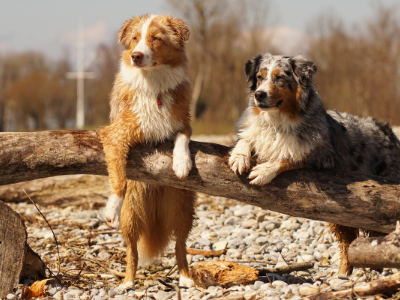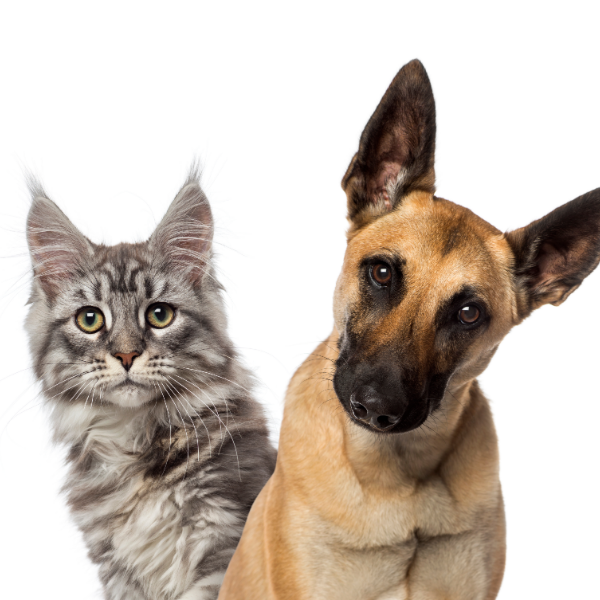Handling Raw Food
Raw pet foods should be flash frozen after being packaged. When preparing raw meats for feeding, ensure that meats are served fresh and within 48 hours of being thawed. Food should be set down for your pet for no longer than 15-20 minutes at which time, they should be covered and stored in the refrigerator until the next feeding. If food smells rancid, it should be discarded. Wash all surfaces and dishes used with soap and water as you would after preparing your own meats.
Monitoring Your Pet
Your pets' health should be monitored by making note of his or her stools, urination, thirst, appetite, and energy level. These signs will help you to determine the health status of your pet. If any of these become abnormal before, during, or after switching to the raw diet, contact your veterinarian. During a switch from a dry to a raw diet, you might notice a decrease in thirst and stool size. These are healthy adjustments that will gradually happen over the course of the switch. Lethargy, diarrhea, increased thirst and urination, and vomiting are abnormal and should be addressed with your veterinarian.
Additionally, monitor pets when they eat whole raw bones.
Switching Safely
Making the switch from commercial foods to a natural diet should be done gradually and with the help of your raw food provider or a holistic veterinarian. It can take up to one month for your pet to fully adjust to the new diet. Ensure that no whole bones are fed for the first month and that dry food and raw food are fed at separate meals.
Do's and Don'ts
Do's:
DO Ensure all raw foods are frozen fresh and of human-grade
DO Refrigerate all thawed raw foods and feed within 48 hours of being thawed
DO Wash surfaces and hands as you would after handling your own meats in the kitchen
DO Monitor your pet's stools, urine, thirst, appetite, and energy level before, during, and after the switch to raw
DO See your vet if you suspect illness of any kind
DO Wait 1 month after switching to introduce whole bones into the raw diet
DO Monitor your pet while they eat whole bones
DO Contact your raw food provider with any questions you may have about the diet
Don'ts:
DON'T Feed foul-smelling meat to your pet and discard such foods in a garbage can that is not accessible to your pet
DON'T Leave raw food out for pets to "nibble" & refrigerate in between feedings
DON'T Rapidly switch your pet from dry food to raw food or feed both at the same time
DON'T Feed bones to a pet that is newly switching to a raw diet or to pets eating a dry food diet
DON'T Ignore signs of digestive disturbance such as diarrhea, vomiting, PU/PD (excess thirst & urination), and lethargy as these can be diet-related issues



